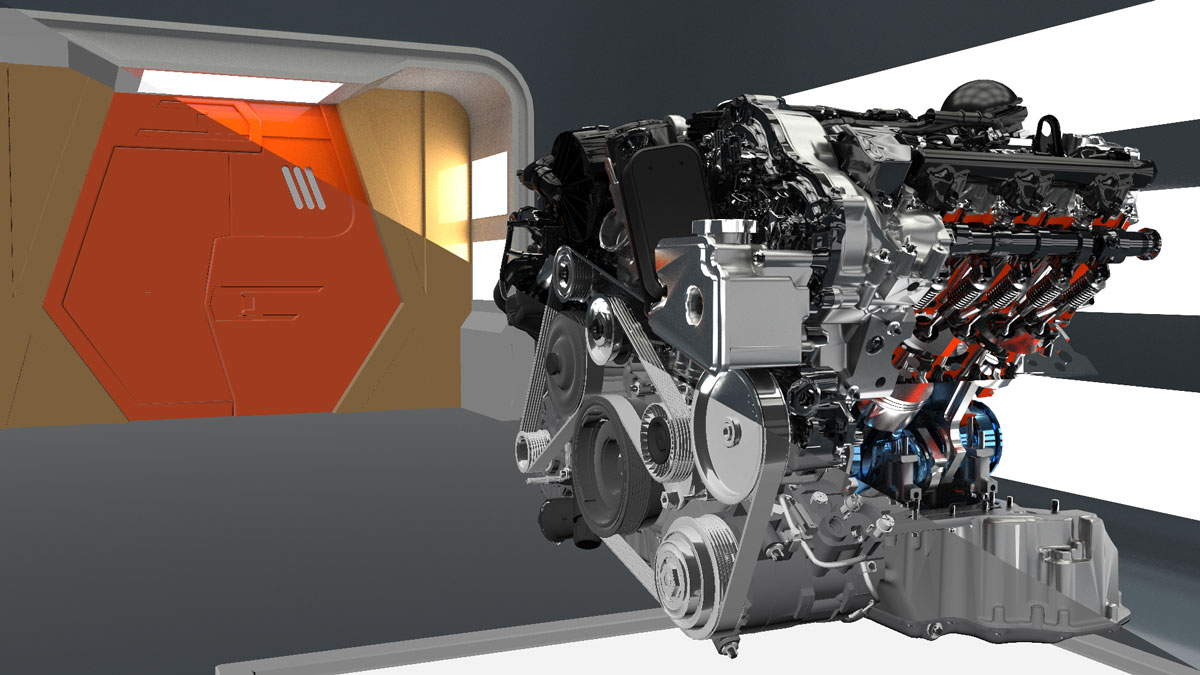AMD also working on a real-time Ray-Tracing technology via Microsoft DirectX
In a fortunate turn of events, AMD also announced their own real-time Ray-Tracing technology just a day after Nvidia announced their own. This is in line with AMD’s presentation at GDC 2018 and their commitment to bring it to the gamers. Basically, AMD is teaming up with Microsoft to bring the technology via DirectX. More specifically the DirectX12 – paving the future of the API. What we know at the moment are already written at the headline – and then some.
“AMD is developing several tools and open libraries like Radeon ProRender and Radeon Rays to allow real-time ray-tracing rendering, enabling the production of photo-realistic images and many different types of lighting effects with high performance on any combination of CPU and GPUs. This presentation will cover how to use this open ecosystem for any rendering application.”
The AMD Radeon Rays and Radeon ProRender are actually open library kits that should help AMD to realize real-time Ray-Tracing. Based on the white paper via GPUOpen, Radeon Rays is a heterogeneous Ray-Tracing technology that should work with GPUs and APUs on any platform that supports the OpenCL 1.2 standard. The Radeon ProRender on the other hand is a physically-based rendering engine based on Radeon Rays itself.
Radeon Rays has been around for more than 2 years actually, and this year should mark AMD and Microsoft’s commitment to develop a capable set of tools for the tech to be realized.
“AMD is collaborating with Microsoft to help define, refine and support the future of DirectX12 and ray tracing. AMD remains at the forefront of new programming model and application programming interface (API) innovation based on a forward-looking, system-level foundation for graphics programming. We’re looking forward to discussing with game developers their ideas and feedback related to PC-based ray tracing techniques for image quality, effects opportunities, and performance.”
The technology is also not limited to AMD hardware or any specific operating systems. This is inline with the company’s push for an open platform for developers to play with. Thank you, OpenGPU platform.
